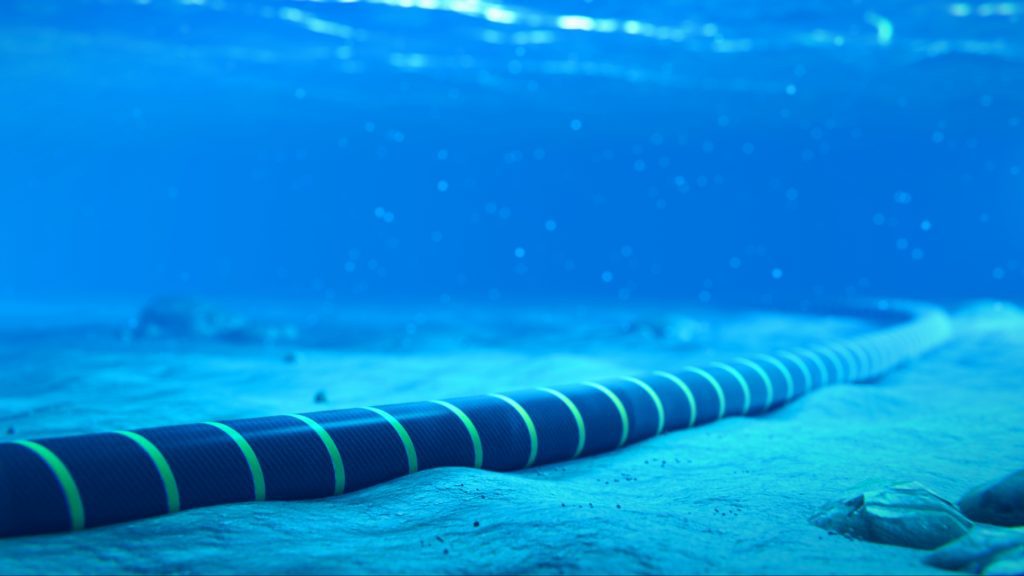
It’s 2024, the year in which 2Africa, a marine cable project, may go live.
- Meta, Saudi Telecom, and a myriad of other telcos have collaborated to circumvent the African continent with subsea cables.
- The project, once activated, is set to bring connectivity to underserved areas and indirectly lift the economic situation of several participating countries.
After almost four years since its announcement, 2Africa, an ambitious submarine telecommunications cable, maybe going live this year, 2024.
In May 2020, Meta Platforms (known then as Facebook), announced that it was collaborating with leading African and global telcos to build 2Africa. It’s a massive undersea cable system that encircles the coast of Africa and connects Europe and the Middle East. Check it out on this intercontinental cable map.
At 45,000 km, it might just be the longest cable in the world. It is comprised of segments, each owned by a consortium of companies, including China Mobile, Meta, Orange, Saudi Telecom, and Telecom Egypt, among others. The growing list now also names the UAE’s telecom company, Etisalat (e&). In fact, on February 5th, the Emirati company will use its neutral SmartHub data center to anchor the cable. So far, the project has been anchored to around 40 cable landing stations throughout the region.
It has a capacity of up to 180 terabits per second. The team designed it to significantly improve internet connectivity in Africa, specifically in the Sub-Sahara, providing more bandwidth and lower latency. It is also quite reliable, as it uses SDM1 for flexible bandwidth management and is buried 50% deeper than older systems were.
Once activated, perhaps later this year, it is expected to stimulate businesses, create jobs, and enhance access to education and healthcare. A 2020 study wanted to understand the impact that subsea cables will have on growth and development in Africa. They projected that this project specifically would trigger anywhere from $26.2 million to $36.9 million in additional economic activity within 2-3 years after activation.
The countries involved stand to increase their Gross Domestic Product (GDP) through trade opportunities, job creation, and the bloom of new businesses. Foreign investors also find such massive connectivity projects involving tech and telecom giants very attractive.
Despite these numbers being an estimation, the proof is in the pudding. In 2012, the subsea cable landing in the Congo caused an increase of 8.2% in employment in fiber-connected areas. South Africa experienced a hike of 6.1% in GDP per capita nationally by 2014, following the improvement in connectivity due to 2009 cable landings.
The biggest benefit here is to help bridge the digital divide in Europe, Asia, and Africa. The high-capacity internet that 2Africa will provide will facilitate seamless communication and access to online resources.
Inside Telecom provides you with an extensive list of content covering all aspects of the tech industry. Keep an eye on our Connectivity section to stay informed and up-to-date with our daily articles.